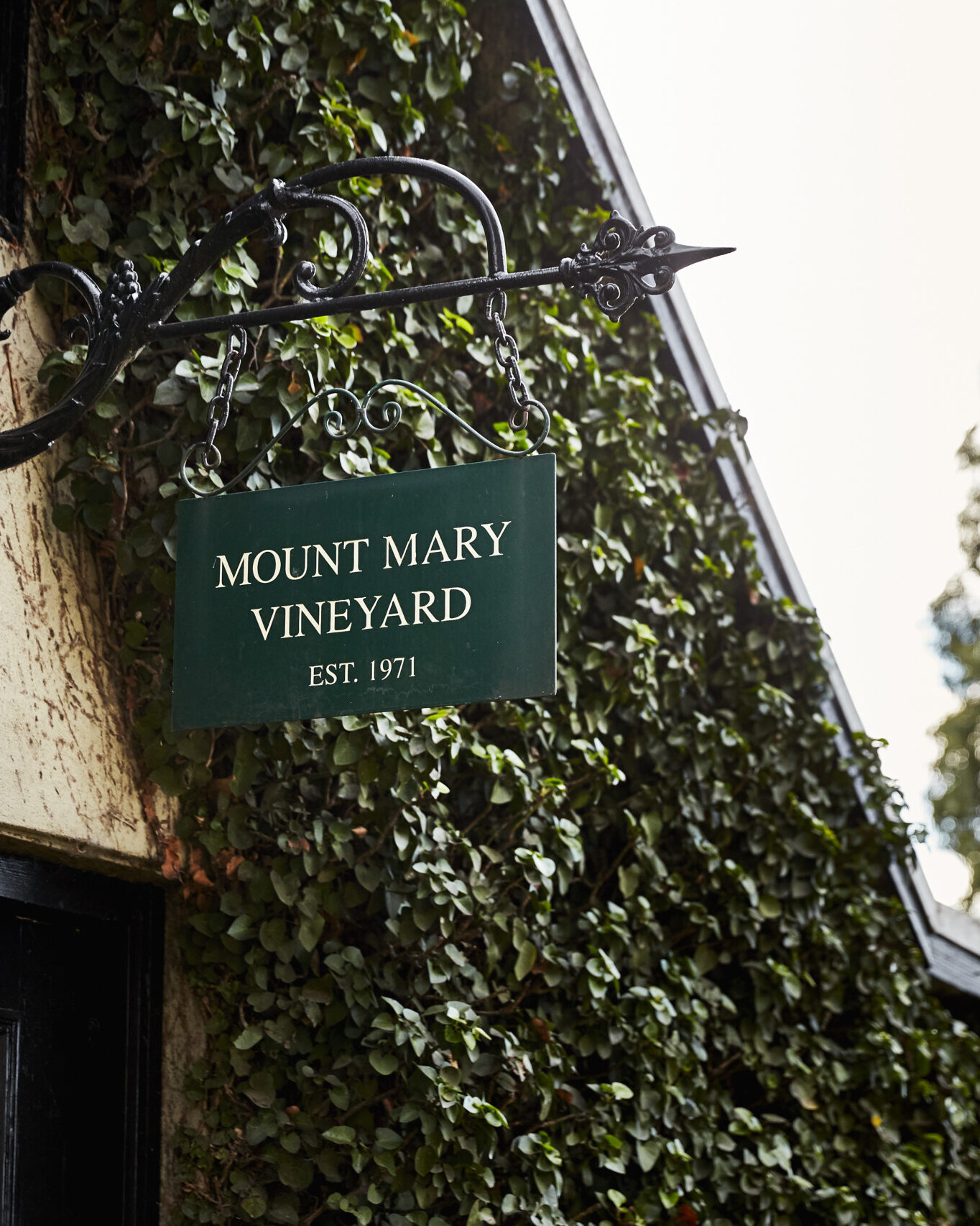Cava might be one of the most misunderstood sparkling wines, especially here in the UK, where it’s often dismissed as the “cheap” alternative to champagne or even prosecco. But what if I told you that this Spanish sparkler deserves a spot in your wine collection and is much more than just a budget-friendly fizz? Let’s dive into why cava deserves a second look, from its unique production methods to the craftsmanship that goes into each bottle, plus a few recommendations to get you started.
The Origins and Tradition of Cava
Cava has roots stretching back to the 19th century, originating in Catalonia, Spain, in the town of Sant Sadurní d’Anoia. This wine region, just outside of Barcelona, is steeped in history and tradition. Cava was born from the same méthode traditionnelle used for champagne—meaning it undergoes a secondary fermentation in the bottle, creating a natural and refined effervescence.
Some of Spain’s top cava producers, like Freixenet and Codorníu, have been crafting cava for over a century, dedicating generations to perfecting the art. These houses aren’t just looking to cash in on bubbles; they’re genuinely passionate about creating high-quality sparkling wine. Codorníu, for example, has been in operation since 1551, making it one of the oldest wineries in the world.
The Méthode Traditionnelle – Cava’s Champagne Connection
The process of making cava is both time-intensive and intricate. Like champagne, cava is crafted using the méthode traditionnelle, where secondary fermentation happens in the bottle. This method is labour-intensive and expensive, and it’s what gives cava its signature fine bubbles and a depth of flavour that can’t be replicated by cheaper production techniques like the tank method used in many proseccos.
Using native Spanish grape varieties such as Macabeo, Parellada, and Xarel-lo, cava offers flavours and aromas unique to its terroir. These grapes are not just a novelty; they are resilient to the warmer Spanish climate, giving cava a distinctive identity and flavours that range from crisp apple and citrus to more toasted, nutty notes in aged varieties. Some producers even incorporate Chardonnay or Pinot Noir into their blends, which adds another layer of complexity and nods to its champagne influence.
When most people think of cava, they think of the fresh and fruity style that’s widely available in supermarkets. However, much like champagne, cava comes in various forms, from young and vibrant to aged and complex.
Reserva and Gran Reserva cavas, which have been aged for a minimum of 15 months and 30 months respectively, offer a completely different experience. These aged cavas develop complex flavours like brioche, almond, and honey. Gramona and Raventós i Blanc are two examples of high-end producers that create Gran Reserva cavas with a rich, creamy texture and the finesse of a fine champagne. Gramona, in particular, focuses on sustainability and biodynamic practices, which is appealing to the growing number of consumers seeking eco-friendly wines.
Busting the “Cheap” Myth
One of the reasons cava often gets overlooked or branded as “cheap” is its affordability compared to champagne. But let’s be honest here: not all cavas are created equal, just as not all champagnes are worthy of the price tag. The world of cava offers a spectrum of quality, from everyday sparkling wines that are perfect for midweek sipping to top-tier bottles that stand up against some of the best champagnes.
The key here is understanding that there’s cava for every occasion. Affordable options like Freixenet Cordon Negro or Codorníu Clasico are great for casual gatherings, but if you’re after something more sophisticated, you can reach for bottles like Recaredo Brut Nature or Agustí Torelló Mata Kripta. These premium cavas come with the depth, complexity, and elegance typically associated with champagne, without the eye-watering price tag.
The Sustainability and Biodiversity Factor
Spain has been at the forefront of organic and biodynamic wine production, and cava producers are no exception. Many cava producers are embracing sustainable practices, from organic farming to carbon-neutral cellars. Take Recaredo, for instance. Known for its high-quality Brut Nature cavas, Recaredo has been fully biodynamic since 2010, allowing their wines to express the true character of their land without the influence of chemicals.
This commitment to sustainability is something that sets cava apart and aligns it with the values of a more environmentally conscious consumer. It also adds an ethical layer to your choice when selecting cava over other sparkling wines. Knowing that some of the best cavas are produced with minimal environmental impact adds a bit of extra pleasure to each sip.
Cava’s Versatility
While champagne is often saved for special occasions, cava is versatile enough to be enjoyed any day. Its balanced acidity and diverse flavour profile make it an excellent match for a wide variety of foods. Tapas, seafood, grilled vegetables, and even spicy Asian dishes pair beautifully with cava.
Try a Reserva cava with a seafood paella or a light Brut with classic tapas like jamón, olives, and manchego. For those looking to push the boundaries, a Gran Reserva cava can be paired with roast chicken or even certain cheeses. This adaptability in pairing is something that other sparklers, like prosecco, often lack due to their more limited flavour profile.
Recommendations to Change Your Cava Game
If you’re looking to explore beyond the supermarket shelves, here are some standout bottles to look for:
•Agustí Torelló Mata Kripta: Known for its distinctive amphora-shaped bottle, this cava is a blend of Macabeo, Xarel-lo, and Parellada, aged over 40 months. Expect rich notes of toast and hazelnut.
•Raventós i Blanc de la Finca Brut: Produced by a family who has been making wine since 1497, this cava offers a beautifully balanced taste with a hint of minerality and a clean, dry finish.
•Recaredo Brut Nature Gran Reserva: With a reputation for quality and sustainability, this Brut Nature is crisp, bone-dry, and elegant—a perfect alternative to high-end champagne.
•Gramona III Lustros: Aged over 60 months, this Gran Reserva cava has rich, toasty notes with a silky texture that gives top-tier champagnes a run for their money.
A Toast to Cava’s Future
In recent years, cava producers have been working to elevate their status by implementing stricter quality standards. The Cava DO (Denomination of Origin) recently introduced the Cava de Paraje Calificado classification, a distinction for single-vineyard cavas that meet high standards in terms of yield, vine age, and aging period. This move is set to bring more recognition to premium cava and help educate consumers on the differences within the cava category.
Producers like Alta Alella and Juvé & Camps are pushing the boundaries, crafting cavas with a sense of place that rivals the terroir-driven approach of many French champagne houses. This renewed focus on quality and terroir could see cava earning a more respected position on the global stage.
It’s time to shed the outdated idea that cava is just a cheap fizz with nothing to offer beyond its price point. With its rich history, traditional production methods, and commitment to quality and sustainability, cava deserves a spot on the wine lover’s shelf and the respect of sparkling wine enthusiasts. So next time you’re browsing the wine aisle, don’t judge a bottle by its price—give cava the appreciation it’s earned.
January 17, 2025
Pol Roger Portfolio Welcomes Mount Mary
Read More




